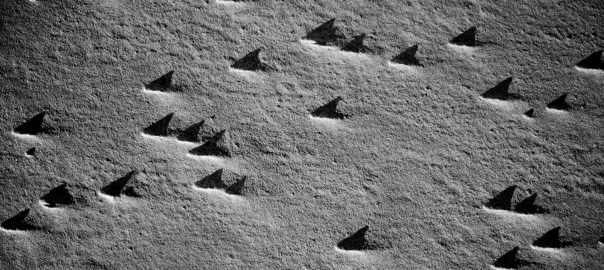I am currently working on a network & security training, module “OSI Layer 4 – Transport”. Therefore I made a very basic demo of a TCP and UDP connection in order to see the common “SYN, SYN-ACK, ACK” for TCP while none of them for UDP, “Follow TCP/UDP Stream” in Wireshark, and so on. I wanted to show that it’s not that complicated at all. Every common application/service simply uses these data streams to transfer data aka bytes between a client and a server.
That is: Here are the Linux commands for basic lab, a downloadable pcap, and, as always, some Wireshark screenshots:
Continue reading Basic TCP and UDP Demos w/ netcat and telnet →














